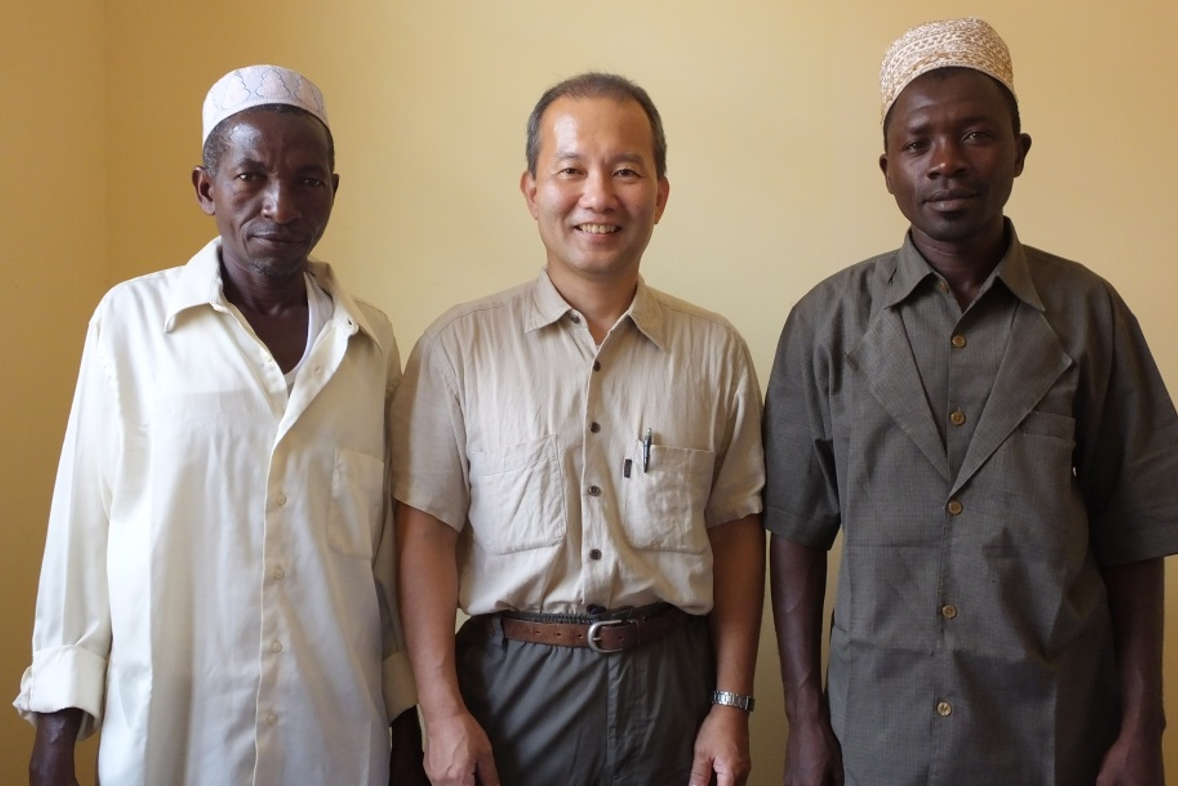
I started promoting the FSC forest certification system in 1996. I started from scratch, so it was quite a long journey. After working on various field projects along the way, the first FSC certification in Japan was confirmed in 2000. Skipping ahead two decades, as of July 2022, there were 34 Forest Management certifications and 1,946 Chain of Custody (CoC) certifications. Over the past five years, the number of CoC certifications has increased nearly 160%.
The motives of those who obtained certification have varied considerably over time. For example, some certificate holders wanted to confirm that the forests they managed met international standards, while others wanted to find a common direction after disparate forestry cooperatives were integrated into one entity. Many wanted to meet ISO standards, while some thought that being certified would help them retain clients and expand their businesses. Increasingly, more and more companies use FSC certification as a verification tool to help them meet the United Nations Sustainable Development Goals.
For me, FSC's decision-making methodology is what sets them apart from other certification schemes. FSC’s mission is to ensure the environmentally appropriate, socially beneficial and economically viable management of the world's forests. The FSC General Assembly, its highest authority, divides members into three subcommittees – environmental, social and economic – with each subcommittee having an equal voting share. Voting within each subcommittee is also equally distributed between representatives from developing and developed countries. This creates a balance between FSC’s environmental, social and economic stakeholders, and also balances decisions by economic conditions. This robust and democratic system makes it difficult for any one interest group to steer the organisation in a direction that only they want. This acts as a kind of safety mechanism that protects all the stakeholders.
On the ground, FSC certification also requires measurable and meaningful contributions to local communities. In an FSC-certified forest in Africa’s Congo Basin, for example, a study found that all forest workers had life and health insurance, all individual households had showers and toilets, and 78% of respondents had access to education beyond the compulsory level. In other non-certified areas of the country, less than half of workers and households had access to the same services and amenities.
In Tanzania, where illegal logging is rampant, a local NGO helped several villages develop a sustainable forest management plan that gave them a pathway to obtaining FSC certification. This plan was a success, and after obtaining certification, the communities, in partnership with a British musical instrument manufacturer, produced the first FSC-certified woodwind instrument ever made.
This resulted in an increase in the villages’ overall income and improvements in both the standard of living and social infrastructure. When I visited a few years ago, at least six wells had been dug, six schools had been built, 320 uniforms had been given to schoolchildren, and accommodation for nurses and midwives had been constructed.
The villagers told me that they no longer had to travel far and wide to get water during the dry season – this allowed them to spend more time farming and studying. They also monitored illegal loggers and possessed a lot of knowledge about the importance of managing forests responsibly. A representative of the NGO told me that, “We see FSC certification as an innovative solution for both poverty alleviation and forest conservation”.

Myself and two members of a village natural resource committee © MAEZAWA
While in one of the villages, I asked a member of its natural resources committee if he was happy with FSC certification. He replied, “Yes. 100% satisfied!” We both smiled and shook hands. I have shaken hands with many others who have expressed the same sentiment – here in Japan, elsewhere in Asia and across the world.
FSC Japan has received strong support from stakeholders in many sectors. Recently, young students have also participated in our promotional activities. To explore how FSC is making a difference in society, we are planning to gather information on the tangible environmental, social and economic contributions of FSC certification.
I hope to keep this positive momentum going by keeping our feet firmly planted on the ground while focusing on FSC’s mission. And on a personal note, I hope that FSC-certified musical instruments will soon be manufactured in Japan.
To understand our work, visit here.
FSC Japan: contact information
